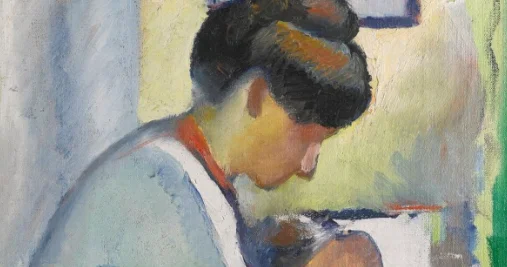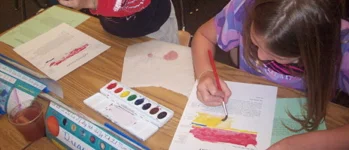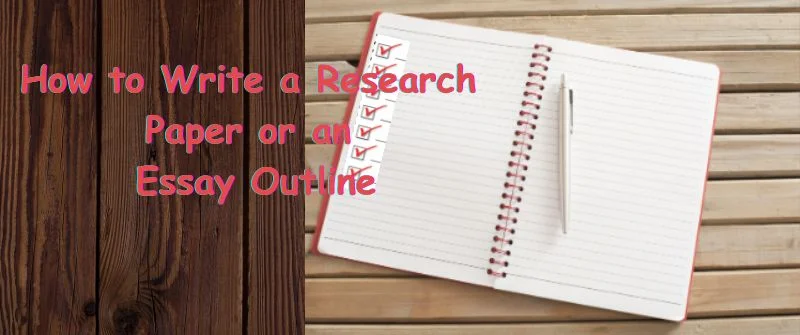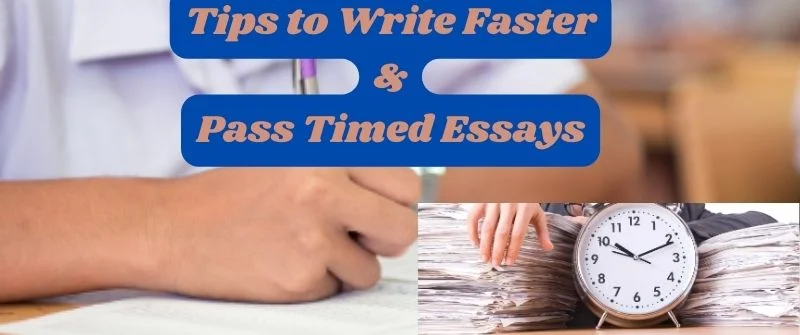How to write a Good Painted Essay: Structure, Template, and Examples

The painted essay is a potent writing tool that aids pupils in structuring their ideas and efficiently organizing their thoughts. It blends verbal expression with visual components to produce a coherent and exciting piece of writing.
In this post, we will look at the format and framework of a painted essay and offer examples to show how it may be used.
We will provide you with the expertise to write appealing painted essays, whether you’re a student wishing to improve your writing abilities or an instructor searching for cutting-edge teaching techniques.
What is a Painted Essay?

A painted essay is a distinctive writing that combines written text and visual components to present concepts and arguments.
It uses the strength of both words and pictures to build a well-rounded and captivating composition.
The introduction, primary ideas, supporting details, and conclusion are all artistically represented in a painted essay by the writer using color coding, pictures, and notes.
Also, this strategy adds visual appeal and improves the written information’s overall impact while clarifying the essay’s structure and arrangement.
How to Write a Good Painted Essay
1. Understand the Purpose
It is essential to comprehend the objective of a painted essay to write one well. A painted essay blends written material with visual components to produce a coherent and compelling artwork.
Colors, symbols, drawings, and annotations visually represent various parts of the essay to effectively communicate ideas and arguments.
Understanding this goal can help you approach writing with clarity and purpose, ensuring that the textual and visual elements complement each other to communicate your message effectively.
People Also Read: 7 reasons why Writing is Important in College & in Life
2. Choose the Topic
Choosing a topic that has meaning and can be conveyed well aesthetically is crucial while writing a painted essay.
Choose a topic that appeals to you and supports the goal of your essay. Think about subjects that can be divided into distinct, illustrative components.
Remarkably, ensure the topic you choose allows for sufficient exploration and analysis. When you choose a subject that speaks to you, you will be more inspired and involved while writing, which will result in a painting essay that is more fascinating and impactful.
3. Visual Representation
Visual depiction is a vital component of a painted essay. Use colors, symbols, images, and notes to graphically depict the various parts of your essay to communicate your thoughts and arguments.
Give each section a specific color, including the introduction, main points, and supporting evidence. Use pictures or icons to represent essential concepts or ideas graphically.
The visual components should enhance and support the written material to create a coherent and compelling composition. By carefully integrating visual representation, you may make your painted essay aesthetically beautiful, attractive, and practical for the reader.
Is a Painted Essay the same as a Visual Analysis Essay?

No, a painted essay is different from a visual analysis essay. While both involve visual elements, they differ in their purpose and approach.
A painted essay combines visual elements with written text to present ideas and arguments in a structured and engaging manner.
It uses colors, symbols, illustrations, and annotations to visually represent different components of the essay, enhancing its overall impact.
Conversely, a visual analysis essay focuses solely on analyzing and interpreting a specific visual artwork or image. It examines composition, color, texture, and symbolism, exploring the visual piece’s artistic techniques and message.
While both types involve visuals, a painted essay is a broader format that integrates visuals into a written composition, whereas a visual analysis essay centers specifically on analyzing visual artworks.
People Also Read: 10 Essay Writing Problems and their Easy Solutions
How to Structure a Painted Essay: A Good Template
Introduction
A painted essay’s opening paragraph establishes the scene for your writing. It should draw the reader in and concisely summarize the subject.
Consider employing a visually arresting piece or symbol when representing the introduction.
Introduce your essay’s major idea or point of contention in a brief written passage. The context and aim of your painting essay should be clearly stated in the introduction, laying the groundwork for the other sections.
Main Points

The main points section of a painted essay is the backbone of your composition. Each main point represents a key aspect or argument related to your topic.
Assign a unique color or symbol to distinguish each main point visually. Accompany the visual representation with concisely written text elaborating on the main point.
Ensure each main point is clear, logical, and supports your thesis or central argument.
Supporting Evidence
The supporting evidence section of a painted essay provides credibility and validation to your main points. It includes specific examples, data, or references that reinforce your arguments.
Use a distinct visual element, such as a different color or icon, to represent each piece of evidence. Connect the evidence to its corresponding main point through annotations or labels.
Accompany the visual representation with concisely written text that explains the relevance and significance of the evidence.
People Also Read: Types of Marketing Research Tools: Primary & Secondary Research
Conclusion
A painted essay’s conclusion offers a summary and final thoughts. Use a recognizable visual component or symbol to symbolize the conclusion.
Reiterate your essential points briefly and support your thesis or main argument. The final paragraph of your painting essay should leave readers with a lasting impression and a sense of finality.

Josh Jasen or JJ as we fondly call him, is a senior academic editor at Grade Bees in charge of the writing department. When not managing complex essays and academic writing tasks, Josh is busy advising students on how to pass assignments. In his spare time, he loves playing football or walking with his dog around the park.




